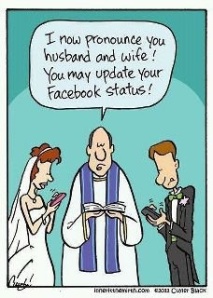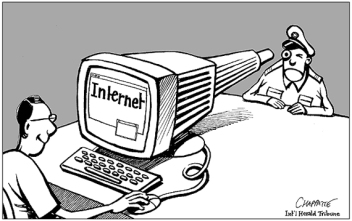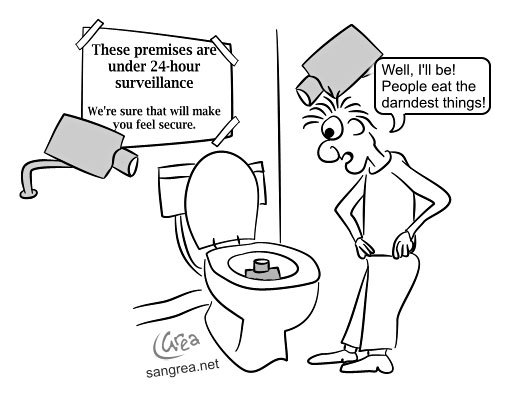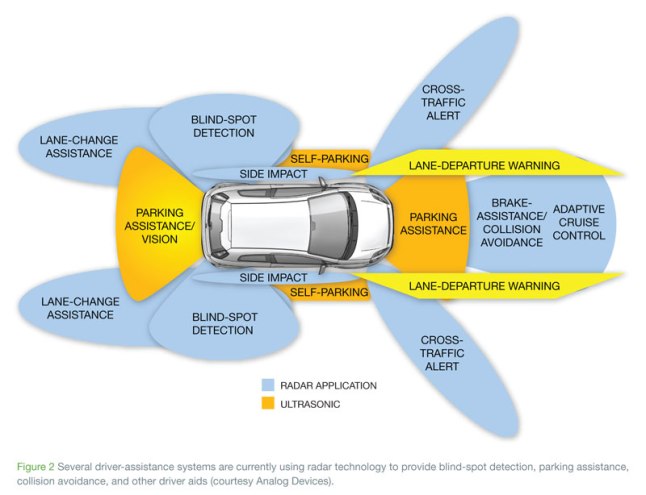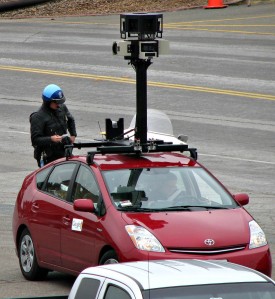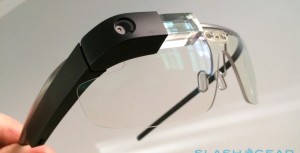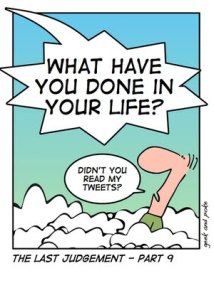
Source: Geek and Poke
Today, “one in every four individual worldwide is using social networking websites” (eMarketer report). The numbers are rapidly expanding for social network audiences and new markets are emerging in the Middle East, Africa and Asia-Pacific. Looking at the trend in the past, statistics tell us that the numbers of social network users will rise from 1.73 billion to 2.55 billion by 2017 (eMarketer report). We all know that numbers don’t lie. They give us a clear picture of what’s trending and popular in the society and what’s not. But did anyone imagine social media is this popular?
What is social media?
Social media, according to social media defined, “is a means of communication and a platform for sharing of information, comprising an array of internet based tools that increase and enhance these purposes.” Social media basically lets you socially interact among other people in which you can create, share or exchange information and ideas in virtual communities and networks. Social networking sites have shot to popularity making social media, the number one activity on the web. Yes, apparently it’s the most common thing we do online. So the next time, while procrastinating from studying for an exam and watching Standing dog plays piano and sings on YouTube, you can at least console yourself, that a majority of people online will be doing something somewhat similar.
Why is it so popular?
Social networking sites provide many kinds of benefits and services to its users. We all know you can chat with your friends and share information, but what makes these numbers keep growing so rapidly? Social media gives people an opportunity to find their old friends and colleagues and reconnect with them. “This is the exact reason why the 45-54 year age demographic is the fastest growing since 2012, both on Google+ and Facebook. The numbers of these age bracket has grown 46% for Facebook and 56% on Google+” (FastCompany). These figures tell us otherwise to the notion that social media is only for teenagers. Social networking websites are designed in such a way that they are very user friendly and people who have very little knowledge of the internet, can navigate through them easily. It is even easier to use the mobile version of these websites. One of the arguments is that since it is a lot easier to access Facebook and Twitter through a cellphone and their applications are more user friendly and get regular updates, millions of users don’t access these social media sites from a desktop or a laptop, and the numbers keep dropping every year. Social media sites give you an opportunity to join and create groups, allowing likeminded people to share their hobbies and interests. Membership to a group is open to anyone who shares similar interests. Social networking sites also give you a prospect to meet millions from around the world. Users can access the profiles they like, available on the respective website and these profiles allow them to know more about the person, who there are and what are their interests and them can connect with the ones they like. Social networking sites like LinkedIn, allows users to post their previous experience, accomplishments and skills online and make them recognized by potential employers, colleagues and other peer groups. Social media has a huge share in job market and many companies have started recruiting people through social media. With so many benefits, why does this revolution come under so much criticism?
Unnecessary Criticism?
For all of its advantages, social media is something of a double-edged sword. Social media is an obsession for teens today. It is becoming more than just a part of their life, it is becoming their life. Teens today are always connected, be it with their desktop at home or on their smartphones throughout the day and they do not know how to disconnect. They are either tweeting or texting or posting pictures on Instagram or Snapchat. This hyper-connected life impacts teens very negatively. Alarming trend of cyber-bullying is one reason this “always connected” lifestyle is harmful. Maybe less than a decade ago, bullying only happened on the bus or at school and once you got back home you were safe with your family. However, bullying has now also moved online and this means teens can’t get away from it. When they get home from school, people bullying them simply continue it online. Another impact social networking has had on teens is that they are more comfortable to embrace stuff that they should be more sensitive to doing because now, they can do it “safely” behind a screen. Perfect example is Sexting. Not comfortable to engage in a physical sexual activity in person, teens today are more than confortable to engage in a sexual conversation on Facebook messaging and feel safe to send nude or semi-nude pictures of themselves on Snapchat. Teens highly engaged in social media also face identity crisis. This happens when their online profiles totally contradict how they are with their parents and people who personally know them. They create a false sense of connection with their online life, and start focusing much of their time on their relationships on social networking sites. Consequently, their loved ones suffer as they don’t get to spend enough time with them and their relationship weakens. Social media can be very addicting and teenagers can spend lengths of time on it. This is directly linked to decreased productivity and inattention to their health responsibilities. The addictive nature of social media leads to obesity, eating disorders and constant internet exposure prevents them from engaging in physical activities and socializing.
The Bottom Line
A coin has two sides so does social media and the good and the bad go hand in hand. But at the end of the day it always depends on the user. Social media has helped to improve the interactive involvement for teens that was once only limited to joining clubs, school and community groups. They have improved world awareness and teens nowadays, know more about the issues that concern the world like social problems, health and politics. For all I know it can help do someone’s self-confidence a world of good. My little sister is very delighted when she receives comments like ‘beautiful”, “so pretty”, “sexy” on her new profile picture. For the hyper-connected addicts, I think you should give this video a shot. Maybe it can serve as an eye-opener.
Resources
http://www.emarketer.com/Article/Social-Networking-Reaches-Nearly-One-Four-Around-World/1009976
http://www.brandignity.com/2012/11/6-reasons-why-social-networking-is-so-popular-these-days/

